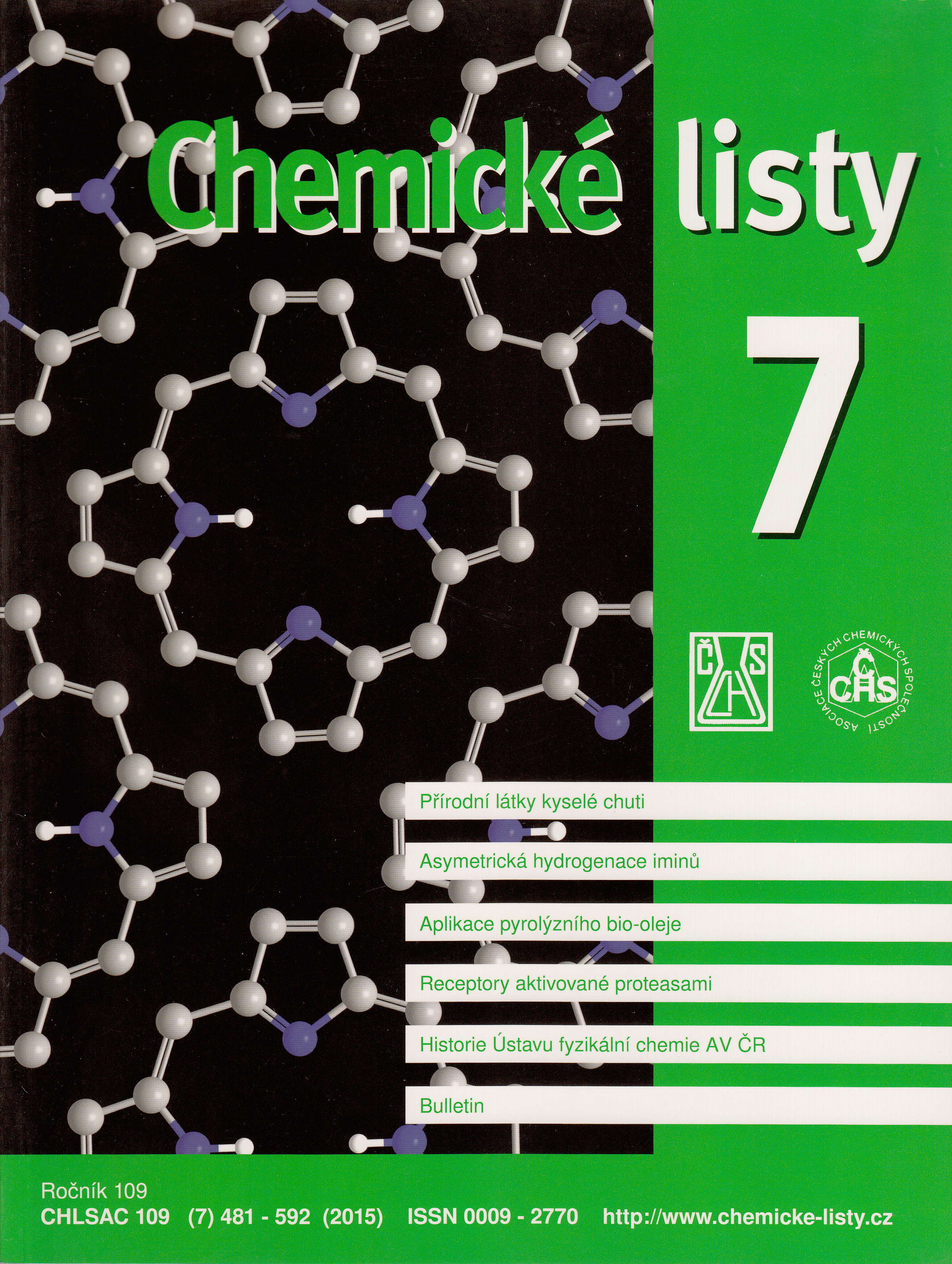Current Topics in the Asymmetric Transfer Hydrogenation of Imines
Keywords:
asymmetric transfer hydrogenation, ruthenium, isoquinoline, enantioselective catalysisAbstract
At present, asymmetric hydrogenation is an attractive method for the synthesis of enantioenriched chiral compounds, such as drugs, agrochemicals or fragrances. This review is focused on the asymmetric transfer hydrogenation (ATH) of imines, in particular 3,4-dihydroisoquinolines. Mechanistic aspects of ATH are discussed and analytical methods for the monitoring of ATH as developed in our group are presented. The effect of structural changes of the catalyst and substrate on the course of ATH is also described. The influence of temperature, reactant concentrations and other reaction parameters as well as the utilizability of ATH in chemical industry are discussed.





